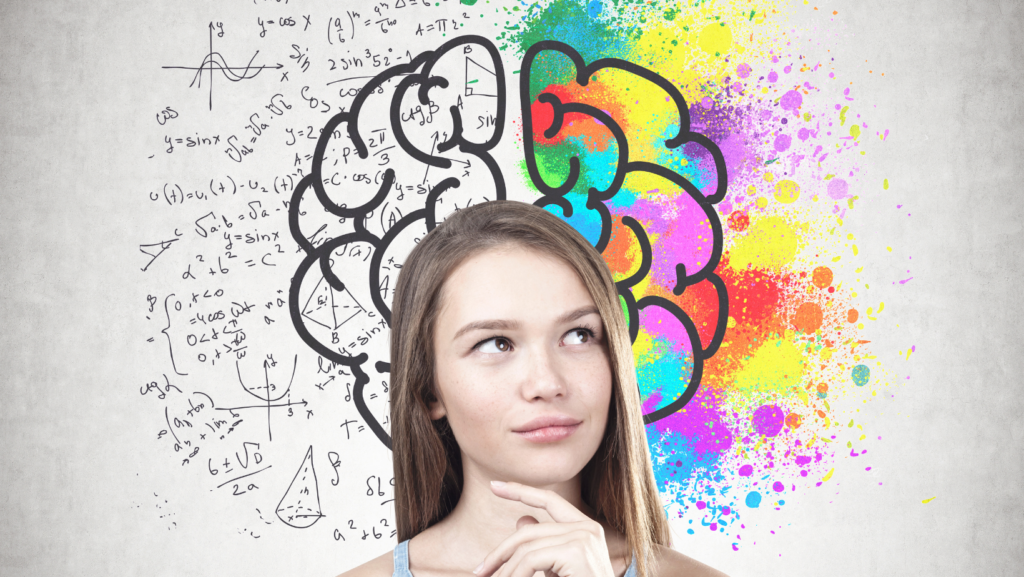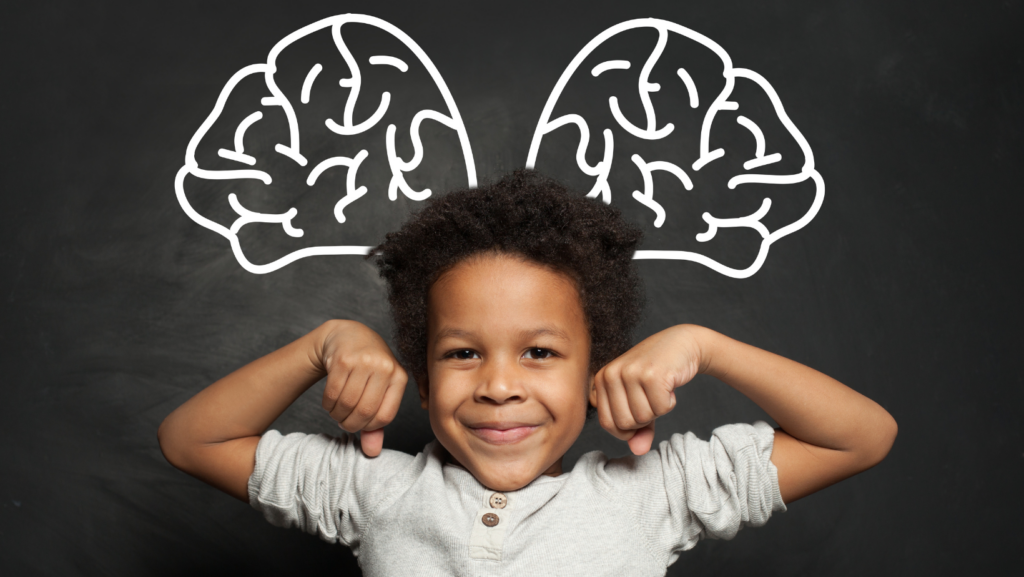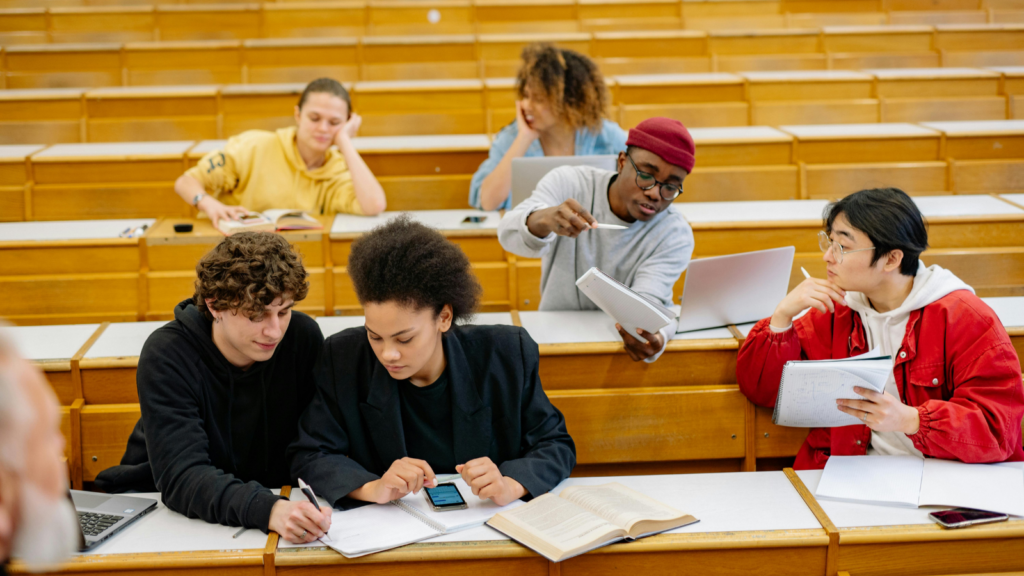Unlocking the secrets of the brain has always been a fascinating endeavor. When it comes to learning, understanding how the brain works can be a game-changer. This article delves into the world of brain based learning strategies, providing insights into how we can harness the power of our minds to enhance our learning experiences.
Brain-based learning isn’t just another educational buzzword. It’s a research-backed approach that uses neuroscience to inform teaching and learning practices. By understanding how the brain processes, retains, and retrieves information, we can devise strategies that make learning more effective and enjoyable. Tools like mindgrasp AI also support this approach by helping learners analyze, summarize, and retain complex material based on how the brain naturally processes information. Read on to discover how to revolutionize your learning or teaching approach with brain-based strategies.
Brain Based Learning Strategies
What Is Brain-Based Learning?

In essence, Brain-based learning demystifies the process where the intrinsic and changing nature of the human brain interacts with education. It puts forth a perspective that aligns educational methodology with neuroscience, emphasizing that learning processes are not static.
It calls for educational practices that cater to diverse neural development stages. It’s a dynamic approach that identifies ways our brains naturally learn best, often integrating ideas from numerous fields including neuroscience, education, and psychology.
Key Strategies in Brain Based Learning
There are several key strategies in brain-based learning that each facilitate a specific aspect of the learning process. Identifying and utilizing these strategies can contribute to a more effective learning environment, based on understanding how the brain learns and processes information.
Multi-Sensory Experiences & Role of Emotions

One key strategy in brain-based learning involves incorporating multi-sensory experiences. The brain processes information from multiple senses at once, allowing for richer, more detailed learning experiences. Consider for instance incorporating visual aids, auditory cues, and tactile experiences in a learning session. These holistic, practical experiences engage multiple senses, kickstarting the brain’s natural ability to form neural connections.
Another crucial element in brain-based learning is the role of emotions. As emotions can significantly impact memory retention, emotional elements can create a potent learning environment. For example, allow learners to engage in passion projects, invest in the joy of discovery or foster a sense of success. When emotions are positively engaged, the brain becomes more active, paving the way for more effective information retention.
Advantages of Brain Based Learning
Enhancing Retention and Recall
Brain based learning strategies immeasurably improve a learner’s retention ability and subsequent recall of information. Through strategies such as multi-sensory experiences, where learners engage multiple senses in the learning process, or emotion-based learning, where learners associate facts with personal emotions or experiences, a connection forms between new knowledge and existing neuronal pathways. As a result, the learner can more efficiently recall the new information when they need it.
Promoting Higher-Order Thinking Skills
Alongside enhancing memory, brain based learning strategies foster the development of higher-order thinking skills. These skills, such as analysis, synthesis, evaluation, and creation, equip learners to not only recall information, but elaborately understand, apply, and utilize it. Brain based learning strategies promote this development by designing learning experiences that challenge and stimulate the brain.
Challenges and Considerations
Addressing Different Learning Styles

One striking challenge revolves around the diverse learning styles of students. Brain-based learning relies on tailoring instruction to suit individual learning preferences, which takes significant understanding and effort. The idea that individuals learn in unique ways, such as kinesthetic learning, auditory learning, or visual learning, informs this strategy.
For instance, kinesthetic learners grasp concepts better through hands-on experiences, while visual learners form better understanding by viewing diagrams, images, and graphs.
Implementation in Diverse Educational Settings
The implementation of brain based learning strategies in diverse educational settings constitutes another challenge. Across different levels of education, from kindergarten through university, the application and effectiveness of these strategies vary. At the higher education level, students often undertake self-directed learning, with focus on analysis, synthesis, and evaluation.
Not an Educational Buzzword
Brain based learning strategies have shown significant promise in optimizing learning outcomes. By understanding and leveraging these strategies, educators can tailor instruction to diverse learning styles, enhancing retention and recall. It’s not an easy task to implement these strategies across all educational settings, but it’s worth the effort.


